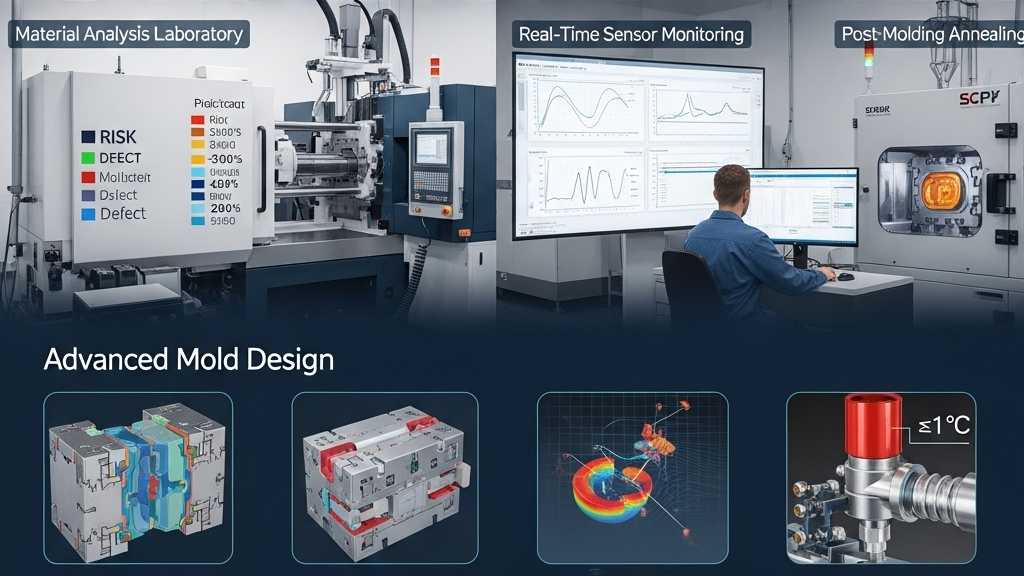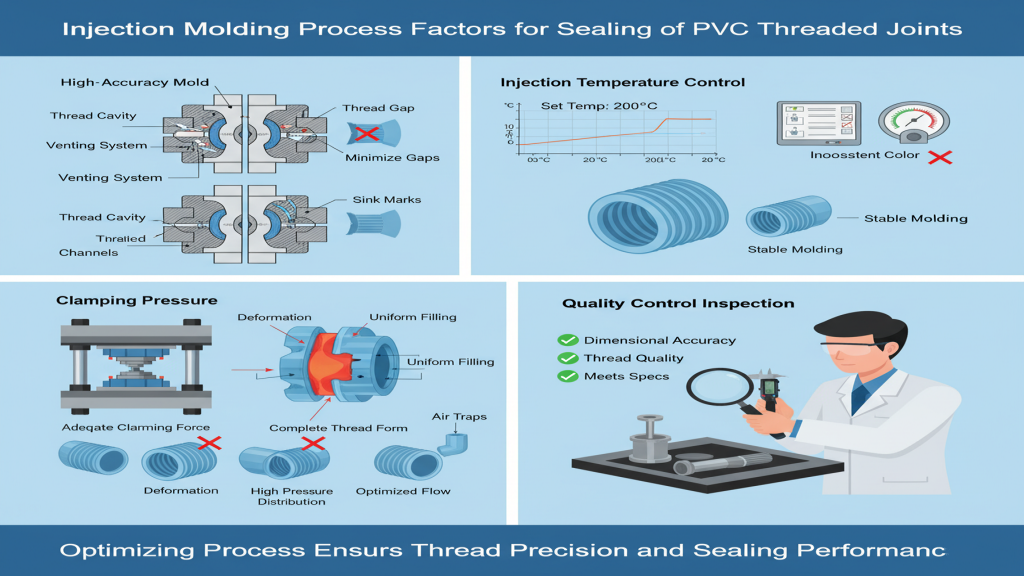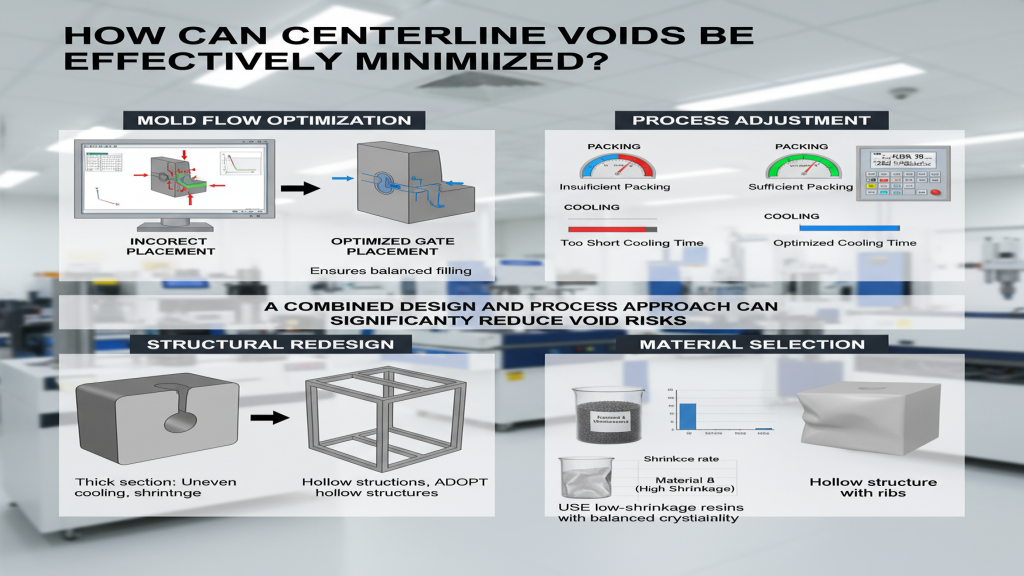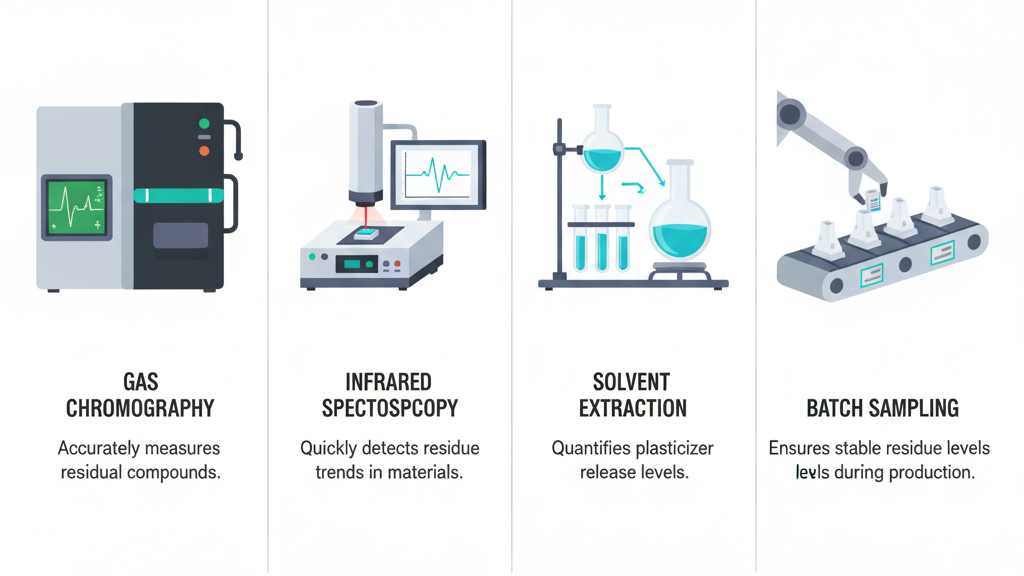Yes, PMMA (polymethyl methacrylate) does need drying before injection molding to avoid issues like splay marks, bubbles, and surface defects. Proper drying helps eliminate moisture from the resin and ensures the final product is free from defects, resulting in better surface finishes and improved mechanical properties.
When working with thermoplastics like PMMA, one of the most important considerations before processing is ensuring that the material is in the right condition. PMMA is hygroscopic, meaning it absorbs moisture from the air. If not dried properly, this moisture can vaporize during the molding process, leading to visible defects and structural defects that compromise the quality of the molded part.
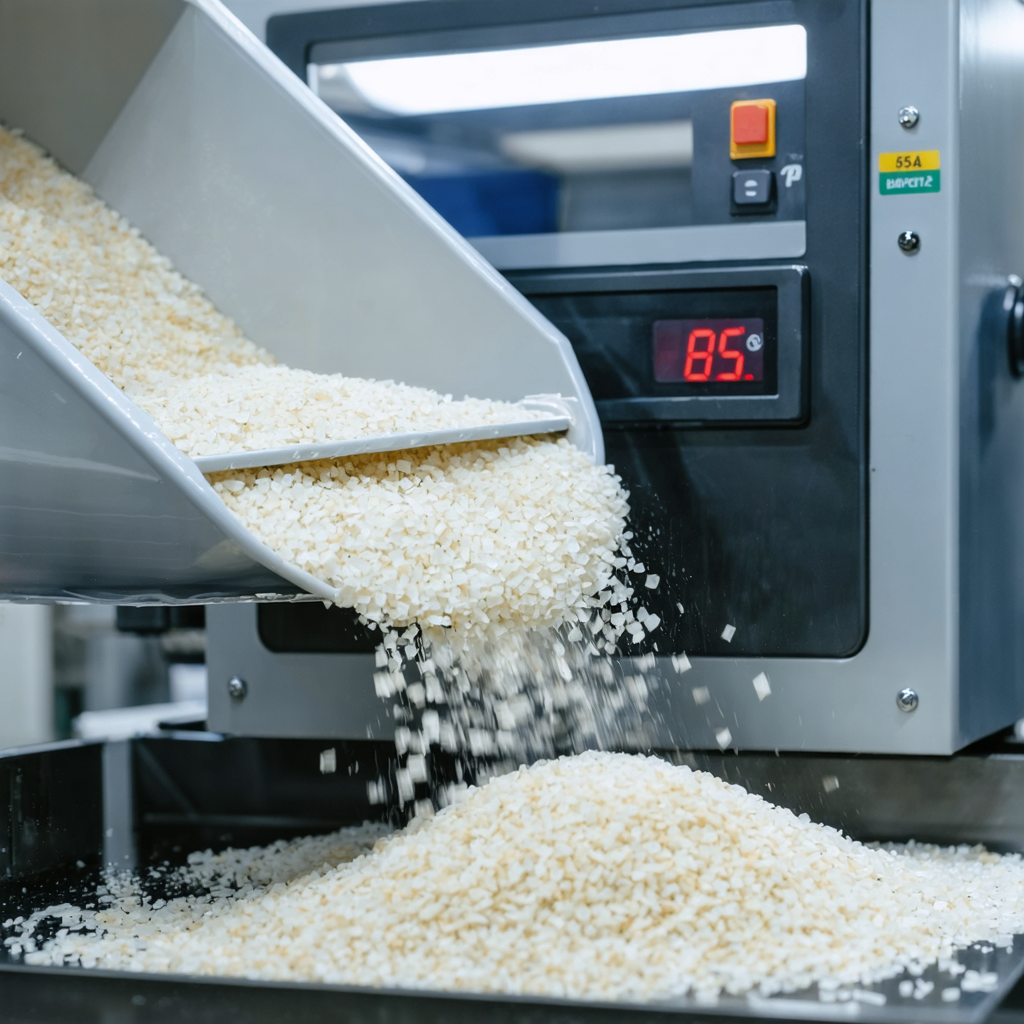
Why Does PMMA Need Drying?
PMMA is hygroscopic, meaning it can absorb moisture from the surrounding air. This moisture is problematic because, when heated during the injection molding process, it turns into steam, which can lead to a variety of defects, including:
- Splay Marks: These are streaks on the part’s surface caused by moisture vaporizing during injection molding.
- Bubbles or Voids: Moisture in the resin turns into gas during the heating process, causing bubbles or voids in the molded part.
- Surface Imperfections: Excess moisture can lead to surface roughness and poor finish quality.
Without proper drying, these issues can negatively affect the appearance and mechanical properties of the final product. PMMA's natural tendency to absorb moisture is why it’s essential to dry it before processing, ensuring the material flows correctly and produces clean, smooth parts.
How Much Moisture Does PMMA Absorb?
PMMA can absorb moisture from the air, especially in humid environments. This moisture absorption varies depending on the grade of PMMA and the environmental conditions. Typically, PMMA absorbs moisture at a rate of around 0.2-0.5% in a humid environment.
The key to successful molding is ensuring the moisture content is reduced to less than 0.2% before molding. If the moisture content is too high, you risk damaging the quality of your final parts. Therefore, drying is a crucial step before processing.
Optimal Moisture Content for PMMA:
- Target Moisture Content: Less than 0.2%
- Effect of Excessive Moisture: Splay marks, blisters, bubbles, and poor surface finish
How to Dry PMMA Correctly?
To ensure that PMMA is dried properly, there are several methods and best practices that can be followed. Here's how you can do it:
1. Desiccant Dryers
Desiccant dryers are often the preferred option for drying PMMA, especially for high-volume molding. These dryers are capable of removing moisture by using desiccants (materials that absorb moisture) to create a low-humidity environment.
- Ideal Conditions: Temperature between 80°C-90°C (176°F-194°F) and a drying time of 2-4 hours, depending on the material grade and humidity level.
- Why Choose Desiccant Dryers: These dryers are great for ensuring a constant, consistent drying environment, ideal for large production runs.
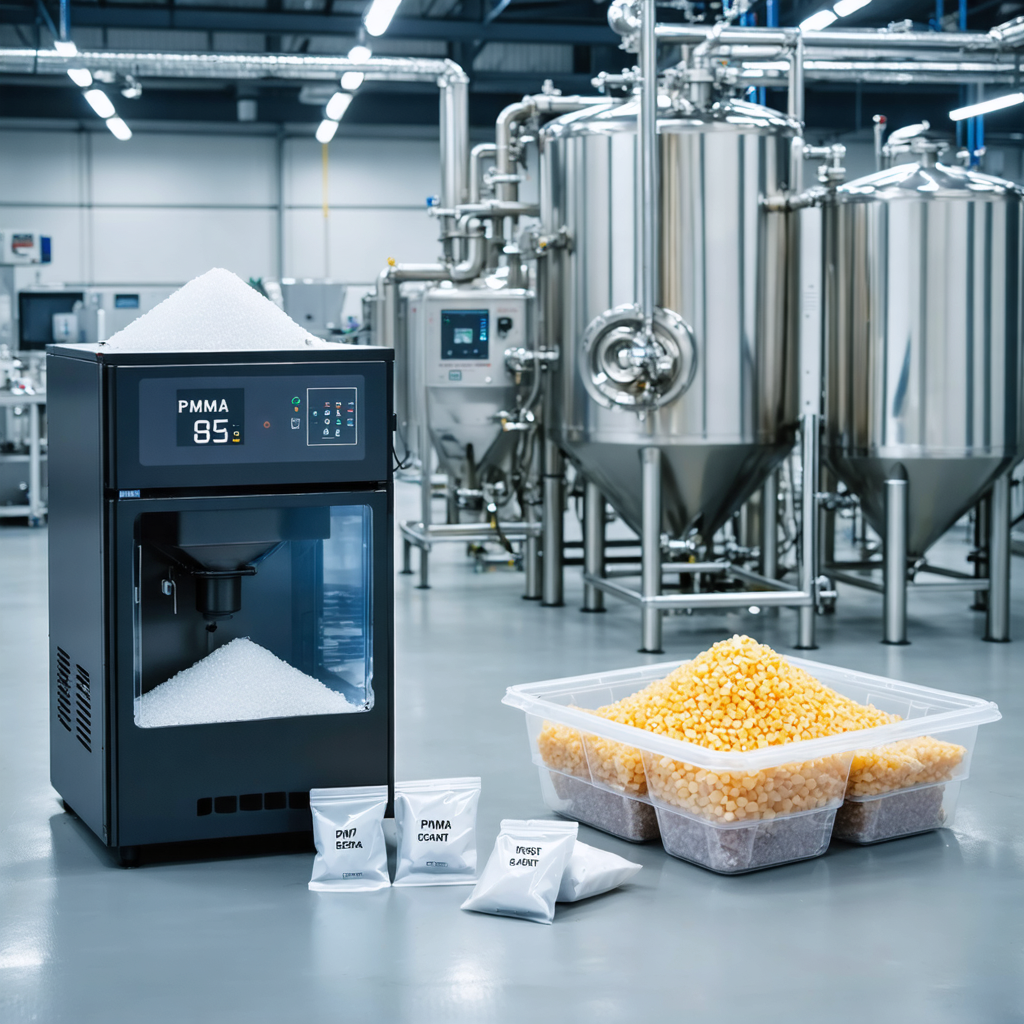
2. Drying Ovens
For smaller batches, you can use a standard drying oven, which is more affordable and simple to operate. Set the temperature to around 80°C-90°C (176°F-194°F) and let the PMMA dry for 2-4 hours. Make sure to use a forced air circulation oven to ensure even heat dis
3. Moisture-Resistant Storage
If your PMMA resin is not going to be used immediately, ensure that it is stored properly in moisture-resistant bags or containers. This will prevent the resin from absorbing moisture from the environment before it is processed.
- Storage Tips: Use sealed containers or bags that are resistant to moisture, especially in high-humidity environments.
- Use Desiccants for Storage: Including silica gel or other moisture-absorbing packets can help reduce the moisture absorption rate during storage.
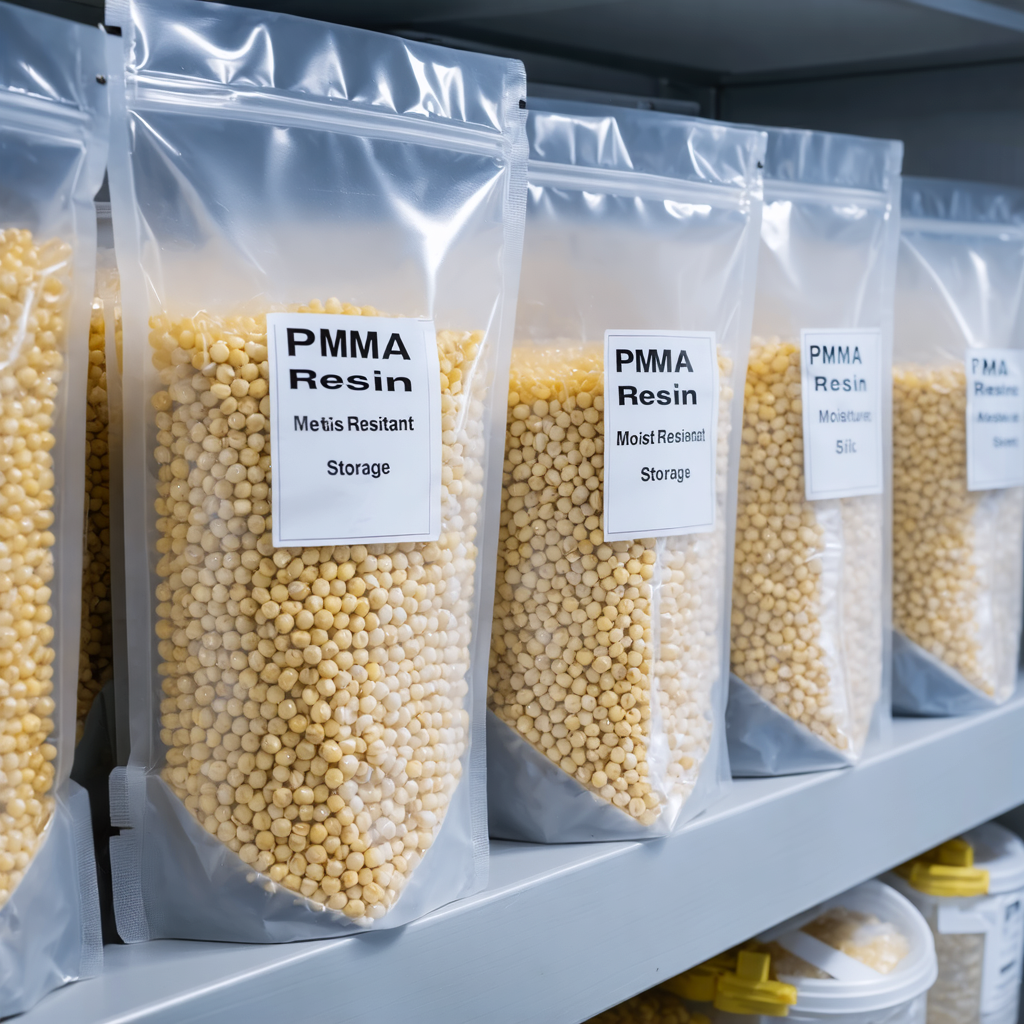
How Does Drying PMMA Improve the Molding Process?
Properly drying PMMA improves the molding process by ensuring a smooth, consistent flow of the resin during injection. Here are some benefits of drying PMMA properly:
- Improved Surface Finish: Dry PMMA melts more evenly, resulting in a smoother, better finish on the part surface without defects like splay marks or bubbles.
- Better Mechanical Properties: Moisture-free PMMA ensures that the molded part maintains its strength, durability, and optical clarity, which is essential for applications like automotive lenses or consumer electronics.
- Enhanced Injection Molding Efficiency: With properly dried PMMA, the injection process becomes more predictable, leading to fewer molding defects and less scrap material.
In short, drying PMMA before molding ensures consistent part quality, reduces the risk of defects, and helps maintain the material’s performance characteristics.
Common Issues When Drying PMMA
While drying PMMA is essential for quality, there are some common mistakes to watch out for:
- Overdrying: Drying PMMA for too long or at too high a temperature can lead to degradation of the polymer, reducing its strength and optical clarity.
- Inconsistent Drying Conditions: If the drying temperature or humidity levels fluctuate, it can result in uneven moisture content, leading to defects during molding.
- Not Monitoring Moisture Content: It’s important to measure the moisture content after drying to ensure it has reached the required level (less than 0.2%).
Table: Recommended Drying Conditions for PMMA
| Drying Method | Temperature Range | Drying Time | Recommended Moisture Content |
|---|---|---|---|
| Desiccant Dryer | 80°C - 90°C (176°F - 194°F) | 2-4 hours | < 0.2% |
| Drying Oven | 80°C - 90°C (176°F - 194°F) | 2-4 hours | < 0.2% |
| Storage | Room temperature | N/A | < 0.2% (moisture-resistant storage) |
Conclusion
Drying PMMA before injection molding is essential to avoid moisture-related defects like splay marks, bubbles, and poor surface finish. By ensuring that the material has a moisture content of less than 0.2%, you can ensure better flow, improved part aesthetics, and mechanical properties. Following the best drying practices will help achieve optimal molding results, improve part quality, and streamline production processes.
For more insights on materials and molding techniques, feel free to check out our [resource center] or contact us. We're here to help you get the most out of your next molding project!

